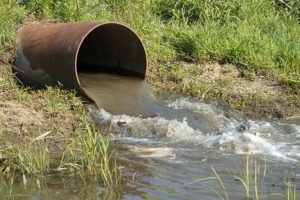What is wastewater?
Wastewater is water that has been used and processed for domestic, agricultural and industrial use. It is then recycled at a water treatment facility, enabling us to reuse the water.
Two main types of main wastewater:
Blackwater
Blackwater (also known as raw sewage) is wastewater found from kitchen and bathroom facilities. This includes your kitchen sink and dish washer. Toilets obviously produce feces, urine and a mixture of contaiminants mixed such as toilet paper. In regards to treatment of blackwater, it is often seperated from greywater as it is kept in a seperate tank.
Greywater
As for greywater, simply, it is wastewater sourcing from bathroom sinks, washing machines etc. It is the most common recyclable form as wastewater as the treatment process is different to blackwater.
If there is no sewage line connection, what happens to my wastewater?
This is a big consideration if you are building a new house because you have your own sewage treatment system. However, an off-mains property is that rainwater from roofs and yards and sewage; both grey water (sinks, baths, etc.) and black water (toilets) MUST be piped in a totally separate system such as a septic tank system.
Rainwater is usually disposed of by some pipes that direct the rain water into ditch or stream.
All sewage must be treated so that it does not pose a danger to health and the environment. This is done by a septic tank. This further treats the sewage within the tank with the help of some bacteria that eats at the sludge. It is also advised that you have the septic tank emptied every year to help maintain you septic system. For our septic tank services, please click below.
Using a Septic Tank System
To be able to have a septic tank system, you must first prove that the soil is capable of soaking up the effluent even dung wet weather. This can be done by undertaking percolation test on the soil below the drain level. Bedrock and the Water Table must not be within 1 metre of the test depth at any time of the year in order so that there is enough soil depth to soak it all away.
If the percolation tests fail or you have a high winter water table, then you can choose a sewage treatment plant that is allowed to discharge directly to a ditch or watercourse (or soak away, if the perc. tests allow and you prefer a clean discharge). This is, in any case, usually the cheaper option as soakaways are very expensive to construct.
Underground sewage treatment plants under 50 person size should have been tested for 38 weeks at an EN Test Centre on the Continent and be fully EN 12566-3 2005 Certified as being fit for the purpose.
Do you need more information? Contact us.
Tardis Environmental can provide great septic tank advice as well as septic tank emptying services.

